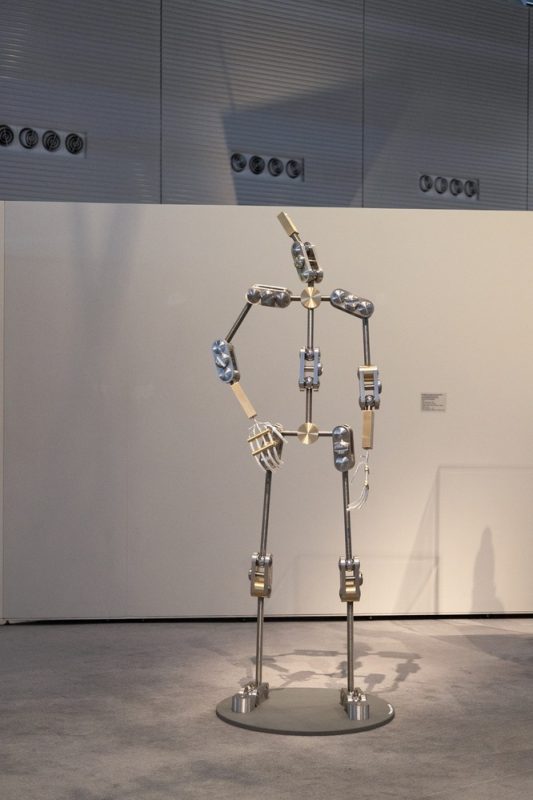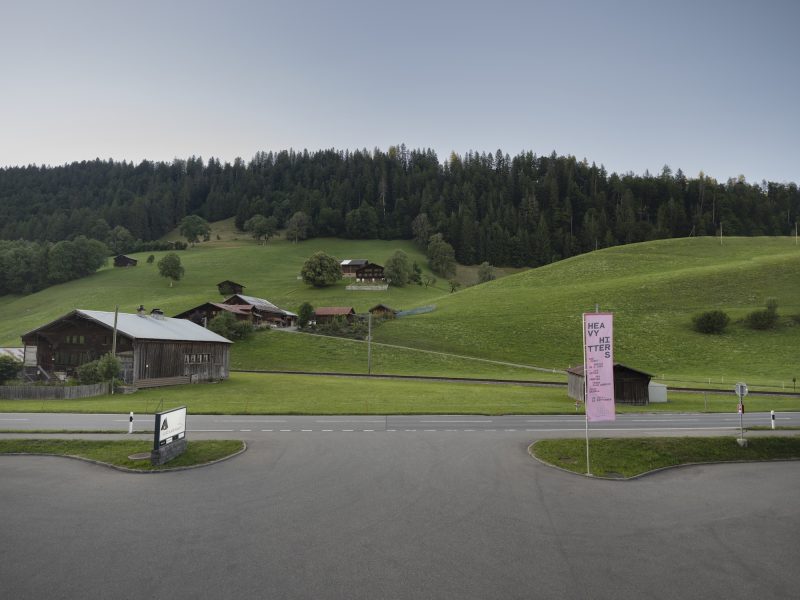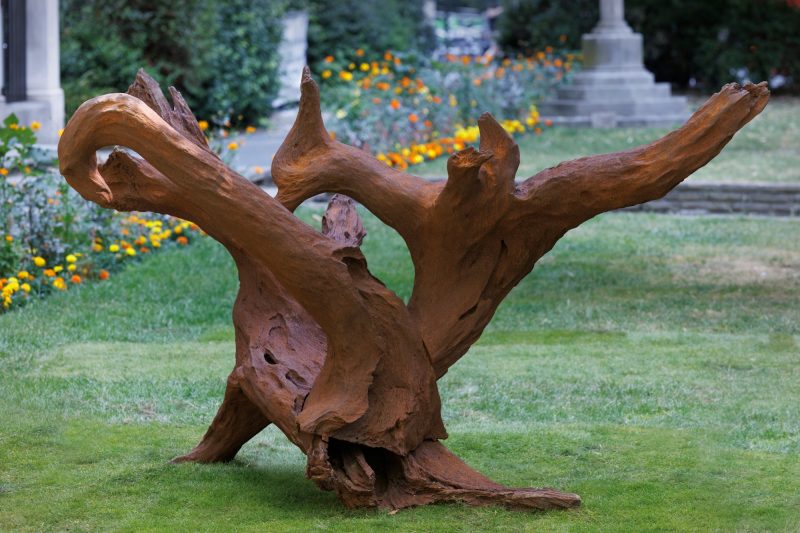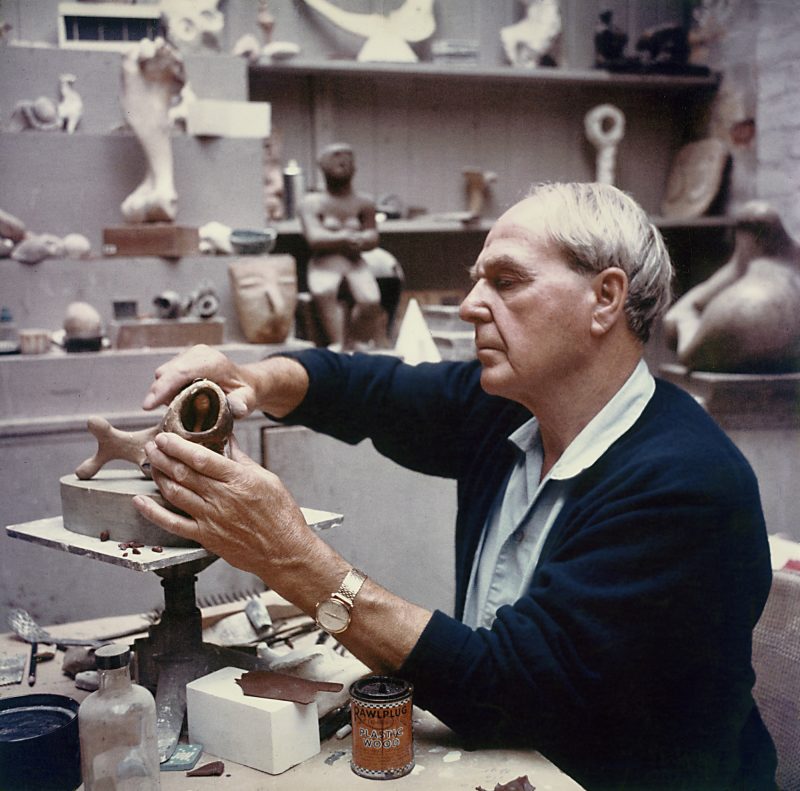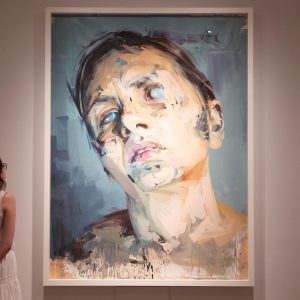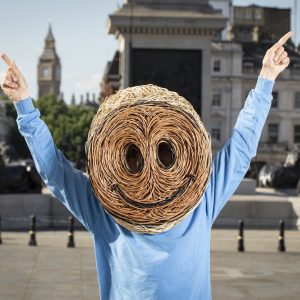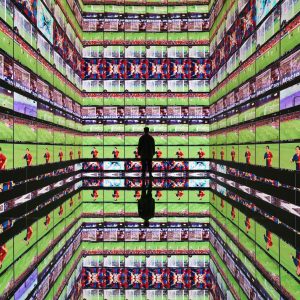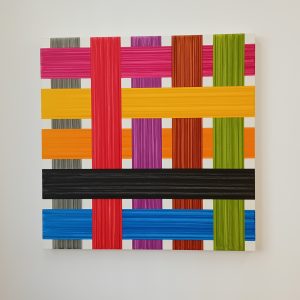Skulptur Projekte Münster has announced that Ivet Curlin, Nataša Ilic and Sabina Sabolovic – members of the international curatorial collective What, How & for Whom / WHW – are the Artistic Directors for the forthcoming edition, which will take place in summer 2027. WHW’s appointment marks a turning point in the history of the renowned exhibition and makes 2027 the first women-led edition.
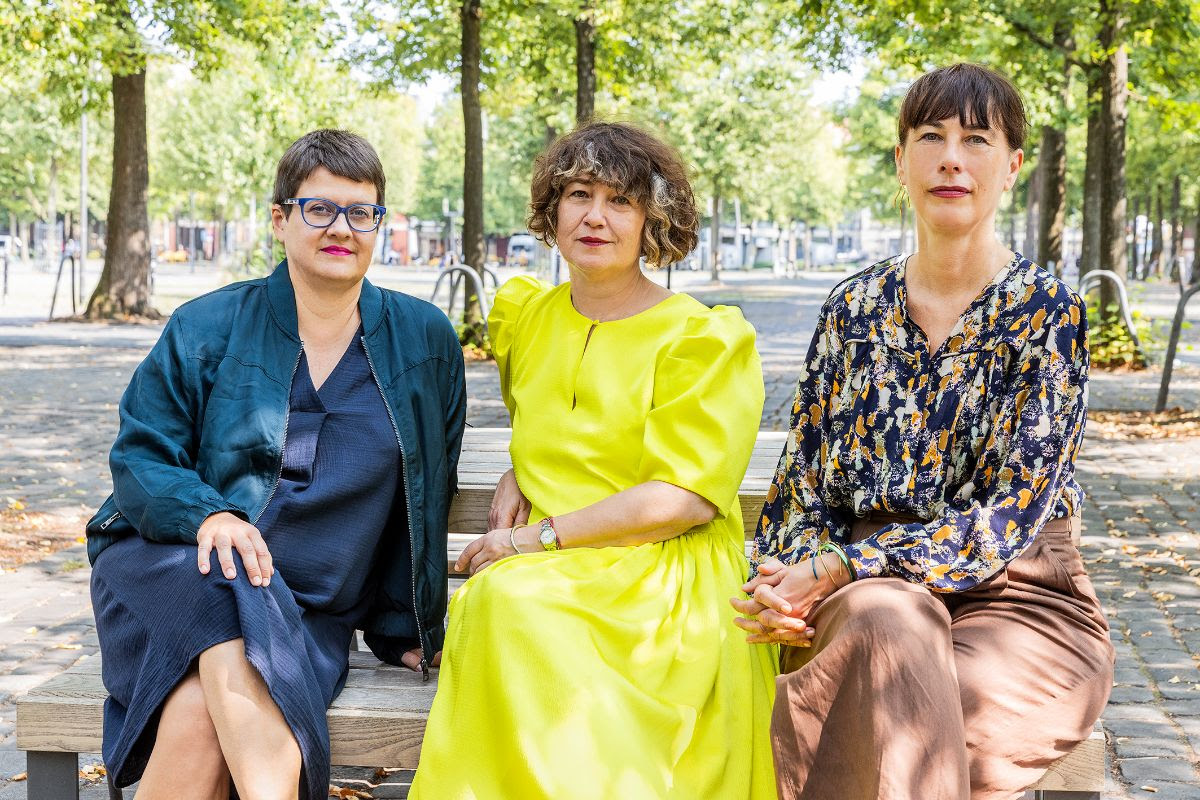
Taking place every 10 years since 1977, Skulptur Projekte has been established as one of the world’s most important exhibitions. Since its conception 50 years ago by the former Director of what is now the LWL Museum of Art and Culture, Dr Klaus Bußmann, the long-standing Artistic Director of the exhibition was Kasper König. König stepped down following the previous exhibition in 2017 and sadly passed away on 9th August this year, leaving a remarkable legacy.
New Artistic Directors: What How & for Whom
Over the past 3 decades, WHW’s work has explored questions of collectivity. WHW is committed to a pedagogical approach, primarily exploring the connection between repressed history and the pressing issues of the present. The collective has been based in Zagreb for 25 years, leading the programming of institutions like Gallery Nova and the WHW Akademija, as well as working on projects in Istanbul, Venice, Ljubljana, Madrid, Beirut, Moscow, London, Athens and New York. From 2019–2024, Curlin, Ilic, and Sabolovic were the Artistic Directors of Vienna’s Kunsthalle Wien.
Initiated as a format to explore the complex relationship between art and the public, the essence of Skulptur Projekte is to commission works of art that address and publicly discuss contemporary social issues. The work carried out by WHW will examine transnational public space as a place where the complex challenges of our time must be tackled, shifting the focus from the site-specificity of previous editions to a situational view of the present.
Ivet Curlin, Nataša Ilic and Sabina Sabolovic said:
Following the success of previous editions of Skulptur Projekte, we want to develop this legacy by focusing on artists and the city. At the same time, we are looking to bring new artistic proposals and ways of thinking that have not yet been seen here. We want to address the social and political tensions of the present through our work with the artists, and we will seek to build on the practices of feminism and collectivism, as well as the many previous experiments with public art. How can art in public space today meaningfully address the fragility of democracy, ecology and common life? Can it strengthen mutual respect and liberation? How can we reformulate the pedagogical claim that the Skulptur Projekte has had since its beginnings? These are the questions that will characterise our curatorial journey over the next three years.
A new chapter for Skulptur Projekte Münster
The 10 year rhythm of Skulptur Projekte Münster makes it possible to trace the expansion of the concept of sculpture at intervals over a long period of time, existing in a sense as a long-term study. Kasper König always saw the exhibition as a “cut in time” which interrupts the continuous hustle and bustle of a city and provides a model view of its development, as well as that of contemporary art.
WHW’s approach combines continuity and change: they respect Skulptur Projekte’s past, while at the same time questioning the parts of this heritage that need to be changed, reinforced or rejected today. They reinterpret the present by looking at the past and combine it with decolonial approaches, proposing to understand “transnational public space” as a place where the relationship between artists and the public can be explored. This space can exist both in a concrete location such as Münster and in digital or real “other” worlds that influence the consciousness of many people worldwide. The curators emphasise that the discussions they will be having with artists and local communities over the coming year will be crucial to the conceptualisation of the project.
Selecting the Artistic Directors
In order to ensure the legitimacy and success of the new appointment, Skulptur Projekte’s hosts – the Regional Association of Westphalia-Lippe (LWL) and the city of Münster – consulted around 120 experts who submitted proposals to a seven-member international search committee.
The committee, consisting of Dr Christine Litz (spokesperson), Dr Nora Sternfeld, Hamza Walker, Dr Hermann Arnhold, Dora Garcia, Anh-Linh Ngo and Zdenka Badovinac, reflects a broad range of expertise and experience, as well as geographical and multigenerational perspectives from the fields of contemporary art and architecture. WHW’s concept won the commission with its clear thematic focus on content and a marked artistic profile addressing the pressing issues of our time. Following the nomination process, the hosts accepted the recommendation that WHW be appointed new Artistic Directors of Skulptur Projekte, paving the way for a new and progressive approach and a multiplicity of viewpoints.
About
Since 1977, Skulptur Projekte Münster has been facilitating encounters with artistic works in public spaces. The international exhibition was founded by Klaus Bußmann and Kasper König as a reaction to the indignation of the people of Münster about George Rickey’s kinetic sculpture “Three Rotating Squares”, among other things, and has since been jointly supported and organised every ten years by the Landschaftsverband Westfalen-Lippe and the City of Münster. The LWL Museum of Art and Culture in Münster is the starting point for the exhibition and is commissioned to organise it. The sculpture projects extend across the entire city, with works such as Claes Oldenburg’s “Giant Pool Balls” becoming landmarks and being taken to heart by the population. So far, over 220 artists have accepted the invitation to Münster, including Richard Serra, Bruce Nauman, Isa Genzken and Ay?e Erkmen. Around 40 works of art were transferred from the temporary exhibitions to the public collection, so that today you can sit on benches by Jenny Holzer, look out over Jorge Pardo’s “Pier” onto the water or visit Nicole Eisenman’s “Sketch for a Fountain” in the Promenade, which the citizens themselves campaigned to preserve.
The Skulptur Projekte is hosted by the Regional Association of Westphalia-Lippe (LWL) and the City of Münster. The organiser is the LWL-Museum für Kunst und Kultur. Funded by the Kulturstiftung des Bundes (German Federal Cultural Foundation) and by the Beauftragte der Bundesregierung für Kunst und Medien (Federal Government Commissioner for Culture and Media).
What, How & for Whom/WHW is a curatorial collective formed in 1999 in Zagreb and currently based between Zagreb and Berlin. Its founding members are Ivet Curlin, Ana Devic, Nataša Ilic and Sabina Sabolovic, along with designer and publicist Dejan Kršic. Starting from the belief that art has a significant role in rethinking and reshaping how society is experienced, conceptualised, and organised, WHW has developed a distinctive curatorial methodology intertwining exhibition practice, historical research, and innovative discursive and media formats.
Over the years, the collective has developed projects in close dialogue with artists on a range of institutional scales and in different geographical and cultural contexts. WHW’s international projects include: Collective Creativity, Kunsthalle Fridericianum, Kassel, 2005; 11th Istanbul Biennial What Keeps Mankind Alive?, 2009; One Needs to Live Self-Confidently… Watching, Croatian Pavilion at the 54th Venice Biennale, 2011; and Really Useful Knowledge, Museo Nacional Centro de Arte Reina Sofia, Madrid, 2014. From 2003 to 2023, WHW ran the program of Gallery Nova, a city-owned gallery in Zagreb. In 2018 the collective launched an independent international study program for emerging artists called WHW Akademija, based in Zagreb, which has supported more that 50 young artists through its annual programs to date. Between 2019 and 2024, three members of the collective – Ivet Curlin, Nataša Ilic and Sabina Sabolovic – worked as artistic directors of Kunsthalle Wien.
